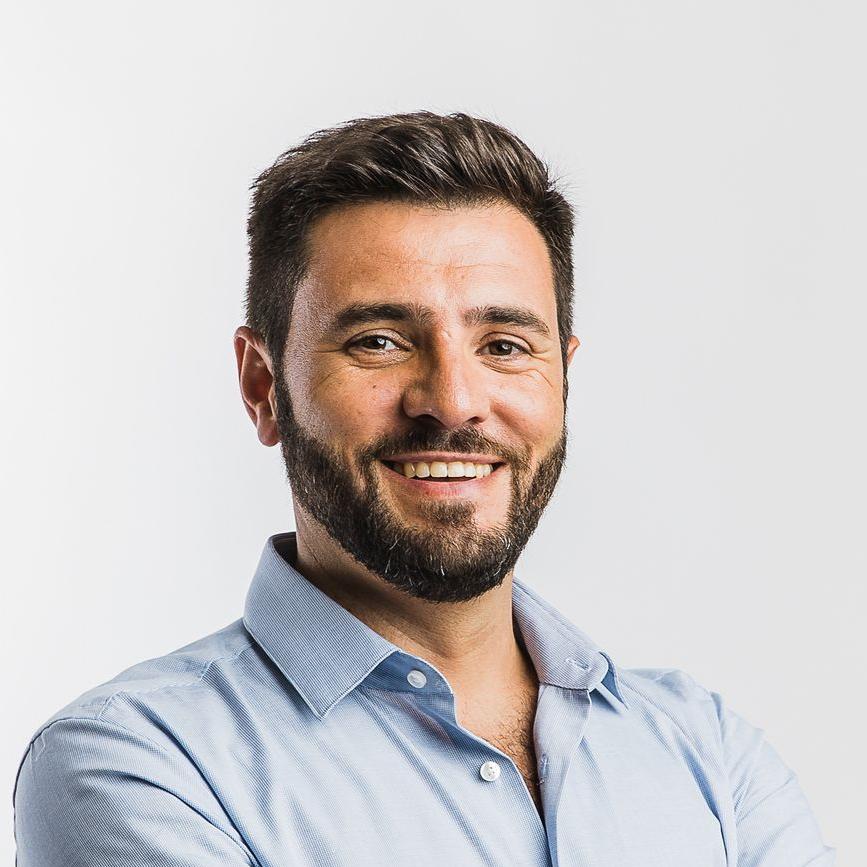Because its purpose is to create a customer, the business enterprise has two—and only these two—basic functions: marketing and innovation.
Does an organization have boundaries? If it does, where are those boundaries? When were they build? Can they be opened up? Did your context change? At The Agile Thinkers Consulting, we investigate the company's human side because only they can raise and destroy boundaries.
Before improving the relationship between delivering work to consumers and the organizational structure, we must understand these questions—two sides of the same coin, just like visibility and transparency.
When creating small organizations, big organizations define different Structures but the exact boundaries, then most likely sooner or later, the same behavior that brings a similar structure as the motherhouse. Corporate limits are growing increasingly fuzzy. With concerns and challenges about the digital age, there are more mechanisms to protect the status quo from those who have achieved the expected place in the hierarchy.
We have seen as a pattern from our observations during training several individuals the magnanimous difficulty of an existing organization to change if more than processes, practices, and tools. It's a complete nightmare!
The number of invented terms to be more fashionable, the numerous documents to be sure everybody does the same and says the same, it's hilarious how all that marketing and cosmetic effort will not make more than they had before. They will end up where they were before they start, but a bit leaner, we hope! Such fantasies created by those of never made any company successful in the digital world should also be a concern for today's leaders.
Executives of necessity live and work within an organization. Unless they make conscious efforts to perceive the outside, the inside may blind them to the true reality.
We need to understand the organizational boundaries and structures from a dialectical perspective, as they have pros and cons. The vertical boundaries are related to the management layers and positional hierarchy in the company. The more management, functional or positional layers it has, the longer vertical edges are. Horizontal boundaries are related to the specialization of company departments. The more horizontal departments that exist, the more specialized work, longer the horizontal boundaries are.
An Organization must have one single mission; otherwise members may feel puzzled; only a consistent mission can bring cohesion and creativity to the organization.
As the hierarchy grows for small or big corporations, more departments expand, making the organization structure more complicated and rigid. The impact of all boundaries in decision-making and organizational efficiency becomes more noticeable. Later, more consultants will improve efficiency and build a rigid structure that will affect us all. (Company results, Employees value creation, and Customer need)
A CEO at the top of the pyramid with vertical and horizontal boundaries may wish to know his customers but won't have easy access to such information. Later, more consultants will build systems around the boundaries to provide all information at a glance of a button. All these systems (hardware or software) intend to provide real-time support for a better decision-making process, but the decision is about which reality? The root cause or the cause-effect of what they do? If a company wishes to think strategically and proactively anticipate where the primer decision-making process should happen? In the analysis of the root cause or of the cause-effect? What if the boundaries change? What makes a boundary to change? - The consumers in your market!
Companies with solid boundaries and rigid constraints tend to become less creative and productive. That's why major companies are working hard on flattening and remove silos to become more boundaryless organizations.
right conduct can never be established by procedure.
This article is the first of two.

Hugo Lourenço
Hugo Lourenço is the founder of Experience Agile® and DevOps Forum, Agile Human Factors ®, World Agility Forum ®, Agile21® - Improving through people, and Agile Thinkers Academy ®. Hugo is an Entrepreneur in several businesses and its main focus is to understand how companies are dealing with better ways of working and how to improve their business outcomes for their employees and customers.
Hugo is motivated by his values and getting his opinion recognized, perfectionist and creative as well a strong believer in a better outcome from people’s work, although he has a strong need for personal (people) trust/honest/transparent relationships and also doesn’t expect less than perfection from others too. Hugo was a marine and he is mission-oriented, if your business, department, or team is in danger or needs to be rescued, this is the right mission for Hugo and his international team.
The experience of working closely with the leaders of many of the brands that have already started this “Enterprise Agility” process outside Portugal, has made it clear that the company’s to get ready for an “unpredictable future” should seek to rationalize the portfolio of legacy products, create high-performance teaming, understand why they do what they do, and their impact on the new operating model. Hugo team will guide you to organizational design & a new way of working, and that will emerge psychological safety, emergent leadership, and new business models through sustainable processes.
He collaborates as a guest lecturer in some national and international business schools has a presence in the North American, and European markets.
Skills: Cynefin, Product Management, Project Management, DevOps Trainer, LeanKanban Trainer, Coach, Scrum Professional and trainer, High-Performance Teaming, Emergent Leadership, Design Thinking, Human Factors, Risk Manager, IT Governance and Service Manager.
Expertise in Business Areas: Defense, Healthcare, IT, Telecom, Bank and Insurance, Utilities.
Some of his interests are:
Motorcycle, traveling, reading, surf paddling, skiing, bicycle, cinema, theater, orchestra, museems.